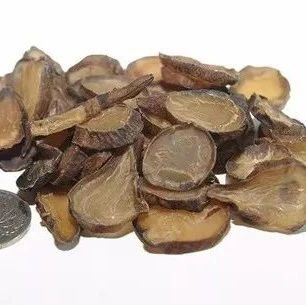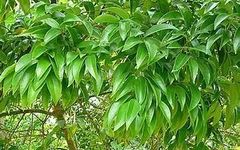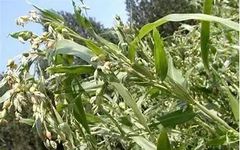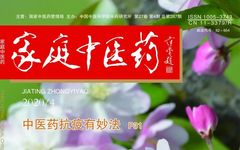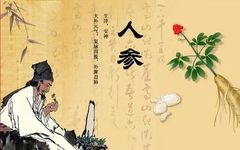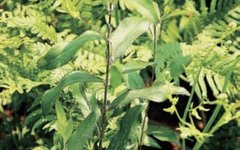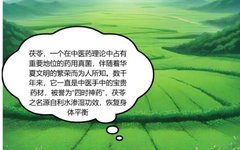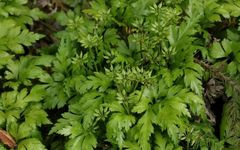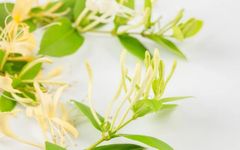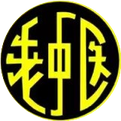How to Properly Use Aconite to Avoid Poisoning?
Aconite (Fu Zi) is a commonly used toxic Chinese medicinal herb, “cultivated in winter and harvested in summer,” embodying the yang energy of heaven and earth, and possesses a strong and unique ability to dispel cold and support yang. Ming Dynasty physician Zhang Jingyue referred to Aconite along with Ginseng (Ren Shen), Rehmannia (Shu Di), … Read more

